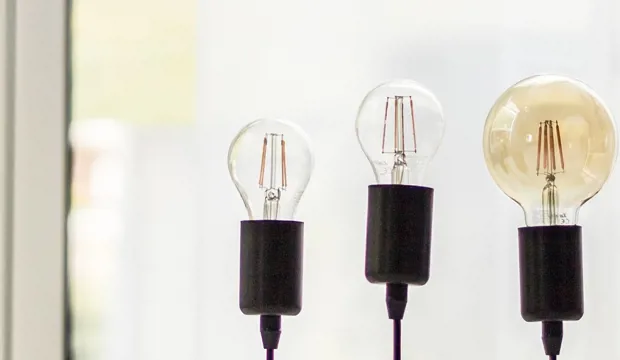
Make a steady hand game
Prepare a suitable housing for the circuity, assemble the circuit and produce a wand and maze layout for the game
Steady hand games are a fun way to learn about how simple circuits work, as well as testing hand-eye coordination. Are you skillful enough to beat the maze?
In this hands-on STEM project students will learn how to make and test a steady hand game circuit. They will prepare a suitable housing for the circuit, assemble the circuit themselves and produce a wand and maze layout for the game. This is a great way for primary school students to learn all about how simple circuits work and develop their understanding of what is meant by the terms ‘make’ and ‘break’ when referring to the flow of current around a circuit.
This could be used as a one-off activity or as part of a wider unit of work focusing on electricity and electrical circuits. It could also be used in conjunction with the IET Education Primary Poster – Circuits and Symbols.
Activity: Make a steady hand game
This is one of a set of free, printable STEM resources developed to support the teaching of the primary national curriculum. They are designed to support the delivery of key topics within science and design and technology. This resource focuses on the assembly and testing of a steady hand game, to support understanding of how simple circuits work.
This activity could be completed as individuals or in small groups, dependent on the tools, equipment and components available.
Safe use of tools and equipment should be demonstrated at each stage of the making process.
Teachers can view an example of a completed steady hand game in the teacher presentation and detailed instructions can be found in the activity sheet.
As an optional extension activity students could improve the circuit to include a visual indicator for when the wand and maze wires have touched. This could be a small lamp or light emitting diode (LED) and suitable protective resistor. A power indicator LED could also be added. A customised base could be designed and produced using vacuum forming equipment if available.
Tools/resources required
Parts and components:
- Plastic cups
- 350 mm lengths of 2 mm diameter copper wire
- 150 mm lengths of 2 mm diameter copper wire
- 150 mm lengths of 1 mm diameter copper wire
- Multi strand insulated wire or crocodile clips
- Solder
- 9 V batteries and clips
- 9 V buzzers with wires
- Masking and/or insulating tape
- Double sided tape and/or sticky pads
Tools and equipment:
- Pillar drill or electric hand drill
- 2 mm drill bits
- Soldering equipment (soldering irons, stands, sponges)
- Wire cutters and strippers
- Safety glasses
The engineering context
Engineers need to be able to understand how basic electrical circuits work. This includes current flow, voltage and how to ‘make’ and ‘break’ circuits. This knowledge could be used when investigating, designing or making electrical and electronic circuits in the future.
Suggested learning outcomes
By the end of this activity students will have an understanding of the terms ‘make and break’ when they refer to simple circuits. They will also be able to assemble, fit and test a simple circuit for a steady hand game and they will be able to safely and accurately drill holes in plastic.
Download the free Make a steady hand game activity sheet below!
All activity sheets, worksheets and supporting resources are free to download, printable and all the documents are fully editable, so you can tailor them to your students’ and your schools’ needs.
The activity sheet includes teacher notes, guidance, useful web links, and links (where appropriate) to the national curriculum in each of the four devolved UK nations; England, Northern Ireland, Scotland and Wales.
Please share your classroom learning highlights with us @IETeducation.




